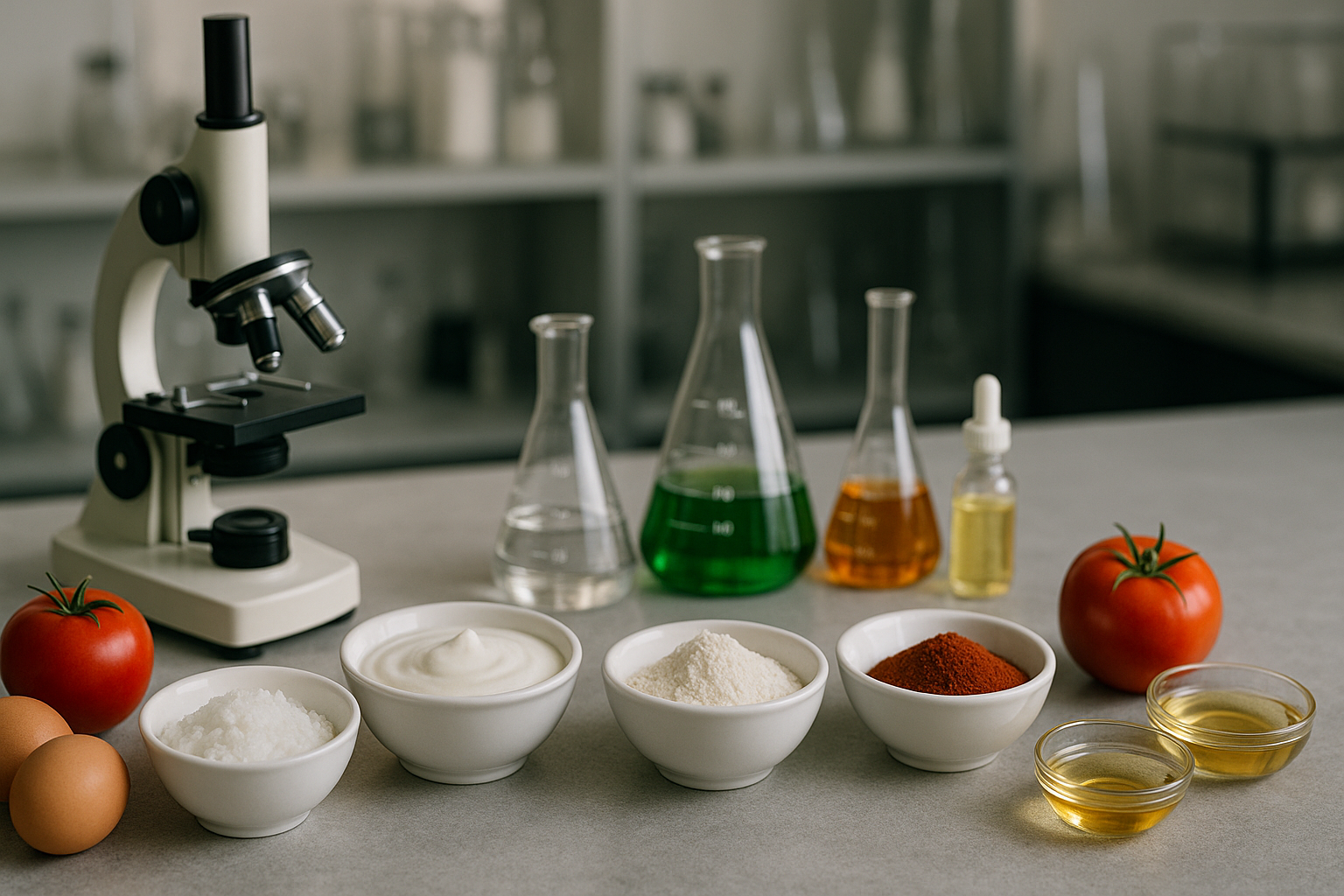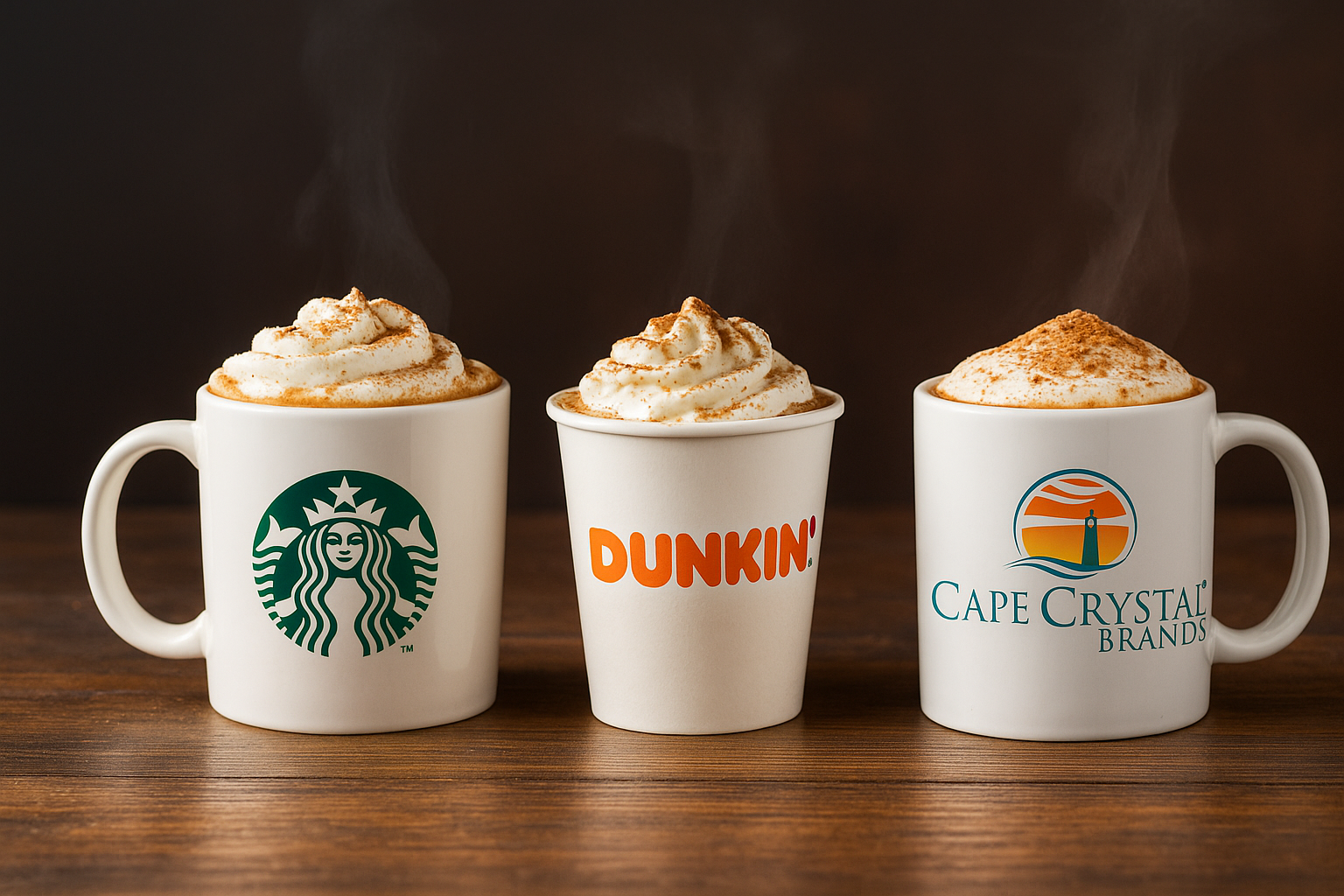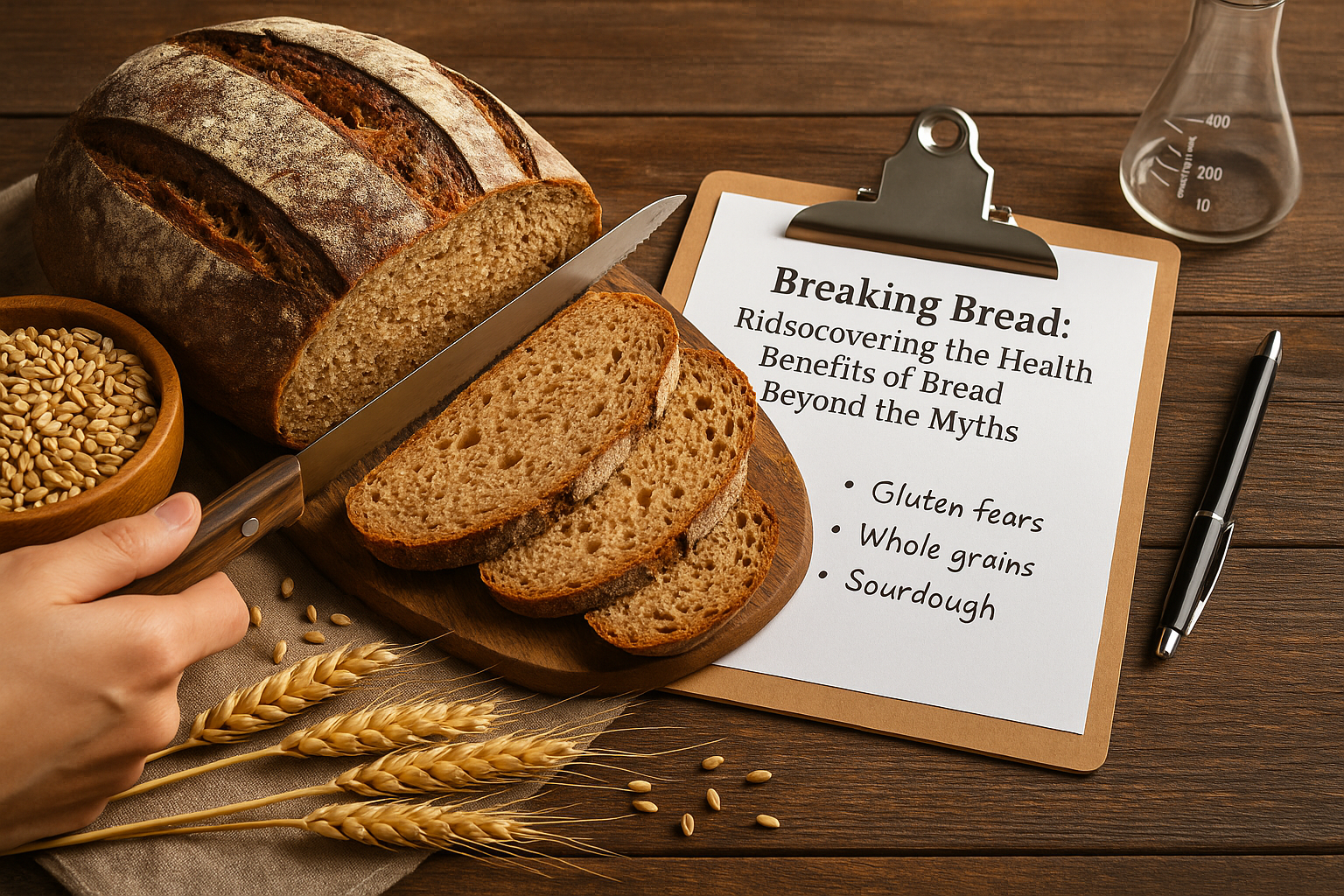
Fruit Juice Spheres with Sodium Alginate & Calcium
SUBSCRIBE TO OUR BLOG
Promotions, new products, and recipes.
Ever wondered how chefs create those magical little “caviar-like” pearls that burst with flavor in your mouth? With just fruit juice, sodium alginate, and calcium, you can make these fruit juice spheres right at home. This simple yet scientific recipe brings the art of molecular gastronomy into your kitchen, perfect for impressing guests, elevating desserts, or experimenting with modernist cooking techniques.
What is Spherification?
Spherification is a modernist cooking technique that transforms liquids into delicate, gel-like spheres with a thin outer membrane and a juicy liquid center. The result looks like tiny pearls or “caviar,” but instead of fish eggs, they’re filled with fruit juice, cocktails, or other flavorful liquids.
This culinary magic works thanks to a reaction between sodium alginate (a natural gelling agent from seaweed) and calcium ions. When drops of a calcium-infused liquid are added to an alginate bath, the two bonds instantly, forming a gel skin around the liquid while leaving the inside soft and burstable.
Originally made famous by chef Ferran Adrià at El Bulli, spherification has become a signature of molecular gastronomy, allowing home cooks and professional chefs alike to add flair to drinks, desserts, and savory dishes.
In this recipe, we’ll be making fruit juice spheres that look elegant, taste refreshing, and are surprisingly simple to prepare.

Ingredients You’ll Need
Making fruit juice spheres only requires a few ingredients, but precision is key. Here’s what you’ll need:
- Fruit Juice (200 ml) – Choose a smooth, pulp-free juice. Non-acidic juices like apple, mango, or grape work best for beginners. Acidic juices (orange, lemon) may require adjustments.
- Sodium Alginate (2 g) – A natural gelling agent derived from seaweed. This creates the gel membrane when combined with calcium.
- Calcium Chloride (5 g) – Provides the calcium ions needed to trigger spherification. Stronger flavor, best for beginners. (Alternative: Calcium Lactate – milder taste, ideal if you plan to serve the spheres directly in drinks or desserts.)
- Distilled Water (500 ml) – Essential for the alginate bath to prevent unwanted reactions with minerals in tap water.
- Optional Sweetener – If your juice is tart, you can balance it with honey, agave, or sugar.
Pro Tip: Always weigh ingredients with a digital scale for accuracy. Even small deviations can affect the texture of your spheres.
Tools You’ll Need
To create perfect fruit juice spheres, you don’t need a professional lab just a few simple kitchen tools:
- Digital Scale – Precision is crucial for spherification. Measuring by weight ensures accuracy.
- Blender or Hand Mixer – Helps dissolve sodium alginate evenly in water without clumps.
- Measuring Spoons & Cups – For quick liquid handling, though a scale is still more accurate.
- Dropper, Pipette, or Syringe – To drop the juice into the alginate bath and form uniform spheres.
- Slotted Spoon – Gently lifts the finished spheres from the bath without breaking them.
- Mixing Bowls – One for the alginate bath, one for the calcium-infused juice, and one for rinsing.
- Fine Strainer (Optional) – Useful for removing any bubbles from the alginate solution.
Step-by-Step Recipe – Fruit Juice Spheres (Direct Spherification)
Follow these simple steps to make bursting fruit juice spheres at home:
Ingredients (for ~50 small spheres)
- 200 ml fruit juice (smooth, pulp-free)
- 2 g sodium alginate
- 5 g calcium chloride (or 7 g calcium lactate for milder taste)
- 500 ml distilled water
- Optional: sweetener (sugar, honey, or agave)
Step 1: Prepare the Sodium Alginate Bath
- In a bowl, add 500 ml of distilled water.
- Sprinkle in 2 g of sodium alginate while blending with a hand mixer until fully dissolved.
- Let the solution rest for at least 15–30 minutes to remove air bubbles.
Step 2: Prepare the Fruit Juice Mix
- Stir 5 g of calcium chloride into 200 ml of fruit juice until dissolved.
- Taste and adjust sweetness if desired.
Step 3: Form the Spheres
- Fill a dropper, pipette, or syringe with the juice mixture.
- Gently drop small amounts into the alginate bath.
- Watch as spheres form instantly with a delicate gel shell.
Step 4: Set & Rinse
- Allow spheres to sit in the bath for 1–2 minutes (longer makes the shell thicker).
- Remove gently with a slotted spoon.
- Rinse spheres in a clean bowl of distilled water to remove excess alginate.
Step 5: Serve & Enjoy
- Use immediately for the freshest texture.
- Add to cocktails, desserts, or fruit bowls for a stunning presentation.

The Science behind Sodium Alginate & Calcium
At the heart of this recipe lies a simple but fascinating piece of food science: ion exchange.
Sodium Alginate – A natural polysaccharide extracted from brown seaweed. It has a unique ability to form gels when it comes into contact with calcium.
Calcium Ions – Found in calcium chloride or calcium lactate. These positively charged ions replace sodium ions in the alginate, causing the molecules to link together.
The Result – A thin, flexible gel membrane forms instantly around the droplet of juice, trapping the liquid inside while leaving the center soft and burstable.
This process is called direct spherification because the calcium is inside the liquid (fruit juice) and the sodium alginate is in the surrounding bath. The reaction continues slowly even after rinsing, which is why these spheres are best eaten fresh.
Fun Fact: For more delicate or acidic liquids (like citrus or alcohol), chefs often use reverse spherification (alginate in the juice, calcium bath). This method creates spheres that last longer without over-gelling.
By understanding this reaction, you’re not just making a fun recipe, you’re literally performing molecular gastronomy in your kitchen.
Ready to Try Molecular Gastronomy at Home?
Now that you know how to make fruit juice spheres with sodium alginate and calcium, why not bring more modernist techniques into your kitchen? With just a few specialty ingredients, you can unlock endless possibilities, from foams and gels to homemade vegan gummies.
Explore our collection of molecular gastronomy ingredients and start experimenting today. [Shop Now]

Tips for Perfect Spheres
Making fruit juice spheres is simple, but a few tricks will guarantee flawless results:
- Choose the right juice – Start with non-acidic, pulp-free juices (like apple, grape, or mango). Highly acidic juices (orange, lemon) may prevent gel formation unless you adjust with calcium lactate.
- Weigh everything precisely – Use a digital scale instead of spoons for accurate sodium alginate and calcium measurements.
- Blend and rest the alginate bath – Always blend thoroughly, and then let the solution rest for 15–30 minutes. This removes air bubbles that could ruin the spheres.
- Drop from the right height – Too high, and the spheres flatten. Too low, and they stick together. Aim for about 1–2 inches above the surface.
- Control size with tools – Use a dropper or syringe for small “caviar” pearls, or a spoon for larger spheres.
- Timing matters – Leave spheres in the bath for 1–2 minutes. Longer soaking makes the shell thicker and less delicate.
- Rinse immediately – After removing from the bath, rinse spheres in clean water to remove excess alginate and prevent bitterness.
- Serve fresh – Direct spherification spheres don’t store well; eat them soon after making for the best pop and texture.
Pro Tip: If you want spheres that last longer (for cocktails or storage), try reverse spherification instead.
Creative Serving Ideas
Once you’ve mastered making fruit juice spheres, the fun really begins. These little bursts of flavor can transform ordinary dishes into something spectacular:
- Cocktail Garnishes – Drop berry or citrus spheres into champagne, mojitos, or martinis for a playful surprise that pops with every sip.
- Dessert Toppings – Use mango or passion fruit spheres to brighten up ice cream, panna cotta, cheesecake, or custards.
- Breakfast Bowls – Sprinkle apple or grape spheres over yogurt, smoothie bowls, or oatmeal for a refreshing twist.
- Appetizer Accents – Pair savory tomato or balsamic spheres with bruschetta, cheese plates, or salads.
- Kid-Friendly Treats – Make colorful juice “caviar” to add fun to fruit cups or homemade gummies.
Final Thoughts
Making fruit juice spheres with sodium alginate and calcium is more than just a recipe, it’s a hands-on science experiment that turns everyday ingredients into edible art. With just a few simple tools and precise measurements, you can recreate a signature molecular gastronomy technique in your own kitchen.
Whether you’re topping desserts, elevating cocktails, or surprising guests with playful bursts of flavor, these spheres add a touch of creativity and elegance to any dish. Remember: the key to success is patience, accuracy, and enjoying the process as much as the results.
So grab your favorite juice, mix up an alginate bath, and let the magic of spherification inspire your next culinary adventure.
Troubleshooting FAQs
Why Won’t My Spheres Form?
This usually happens if the alginate bath hasn’t rested long enough or if your juice is too acidic. Try using distilled water for the bath and adjust with calcium lactate for acidic juices.
Why Are My Spheres Flat or Irregular?
Dropping the liquid from too high or too low can cause misshapen spheres. Keep your dropper about 1–2 inches above the alginate bath for perfect round shapes.
Can I Use Acidic Juices Like Orange Or Lemon?
Yes, but they often interfere with direct spherification. Use calcium lactate instead of calcium chloride, or switch to reverse spherification for better results.
How Do I Store Fruit Juice Spheres?
Direct spherification spheres are best eaten fresh. If stored, the gel membrane thickens over time, making them less delicate. For longer shelf life, use reverse spherification.
Why Do My Spheres Taste Bitter?
This can happen if they aren’t rinsed well after the alginate bath. Always rinse in clean distilled water before serving.

|
About the Author Ed is the founder of Cape Crystal Brands, editor of the Beginner’s Guide to Hydrocolloids, and a passionate advocate for making food science accessible to all. Discover premium ingredients, expert resources, and free formulation tools at capecrystalbrands.com/tools. — Ed |
Enjoyed this post? Subscribe to The Crystal Scoop
Food-science tips, ingredient know-how, and recipes. No spam—unsubscribe anytime.
- Choosing a selection results in a full page refresh.



